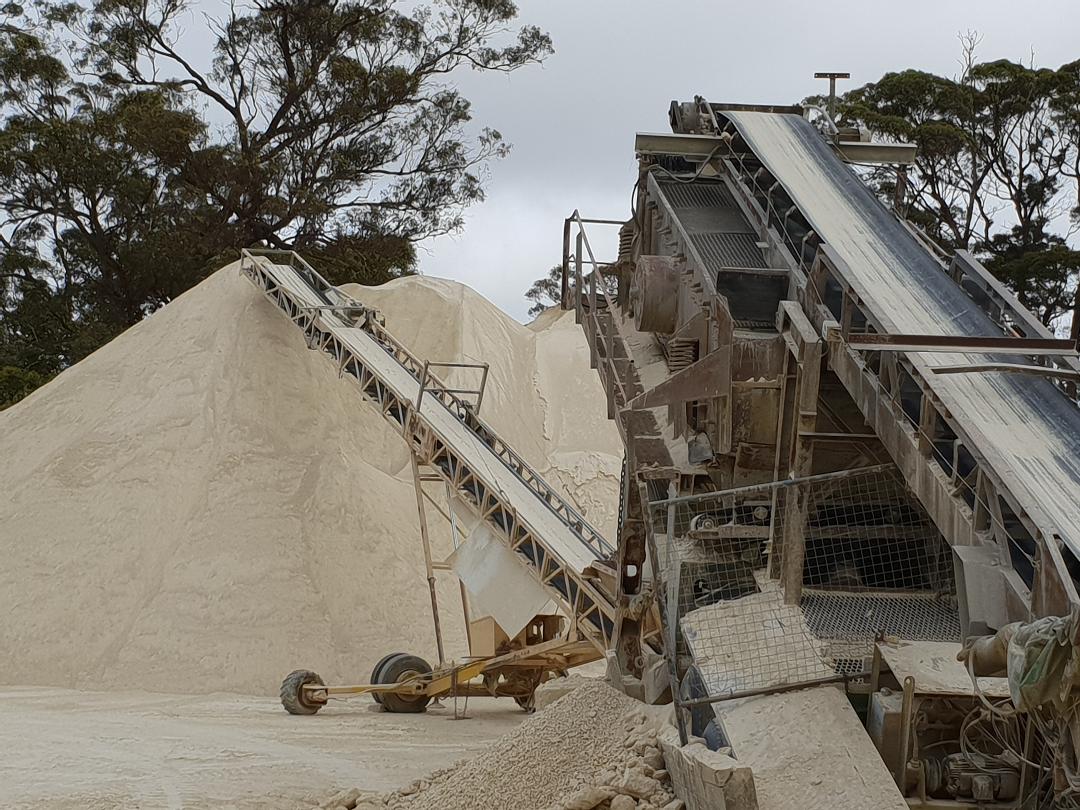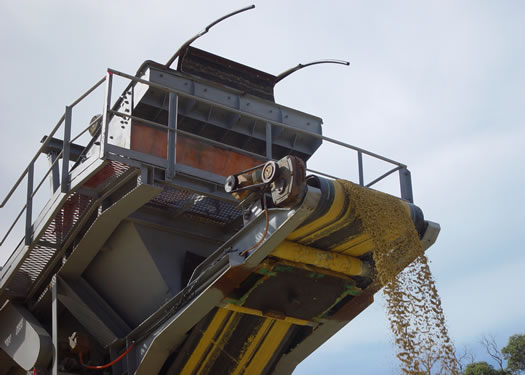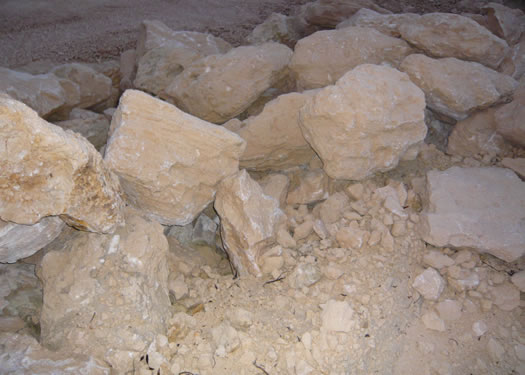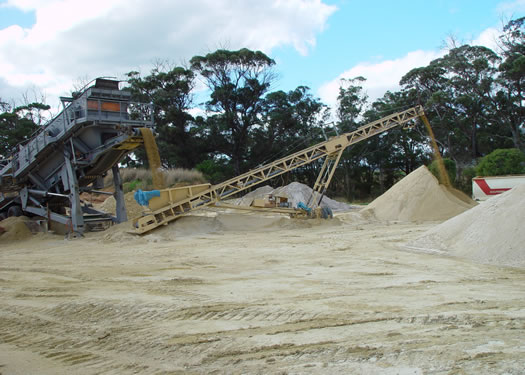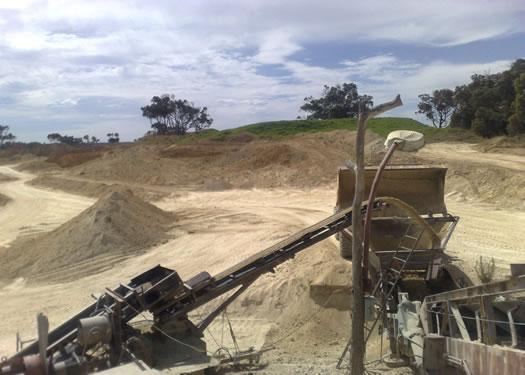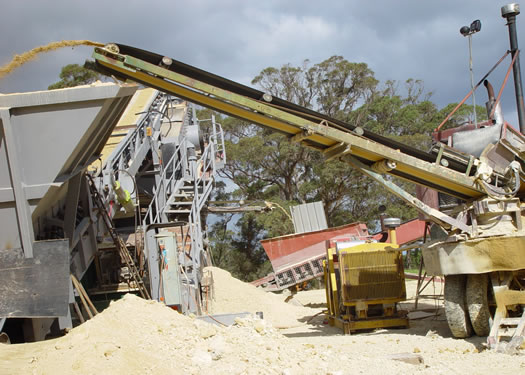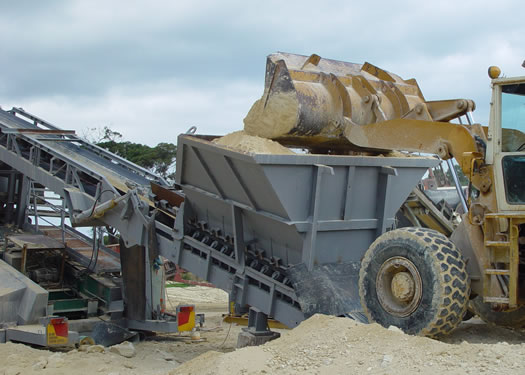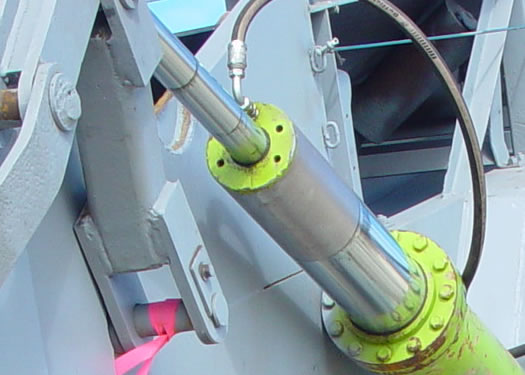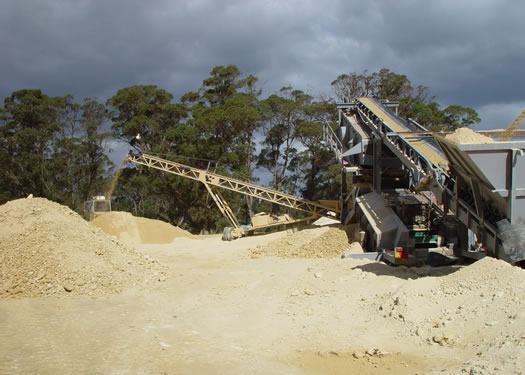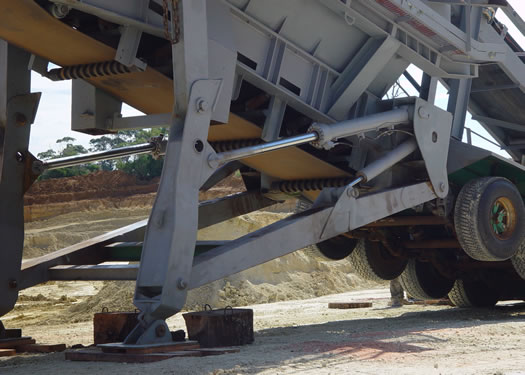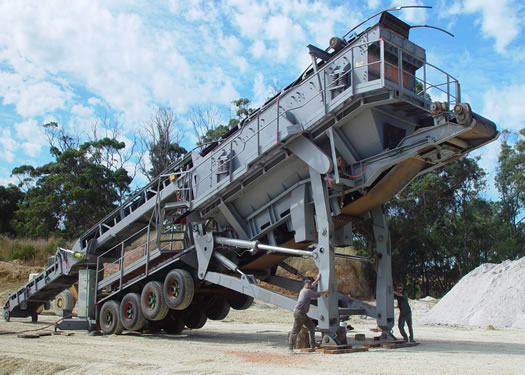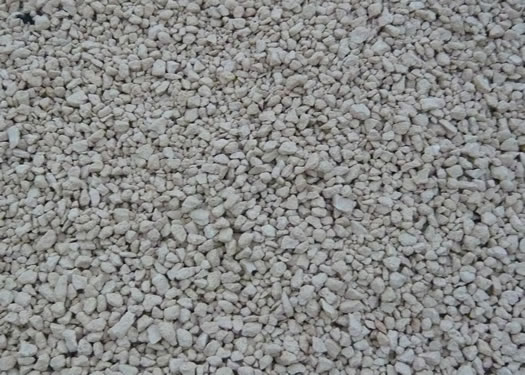Important Information
In sandy loam, the approximate amount of lime required to raise the pH of your ground to a depth of 600mm (2ft) by one pH unit (eg. to go from 6.5 to 7.5) would be 1.5 to 2.0 tonnes per hectare.
In heavier clay soils, you will probably need at least twice as much lime to raise the pH level by one unit.
Lime is relatively inexpensive and used effectively, your investment will bring excellent returns over many years.
Agricultural Lime
Lime has been proven to increase farm profits and sustainability by decreasing soil degradation. Agricultural lime has always been a stalwart of fertilisers and soil conditioning products. Long known for its ability to reduce soil acidity (increase Ph) and repair non-wetting soils. It is only now coming into view that the type of lime used, whether it be lime sand, lime stone or coral lime, can make a sizeable difference in the speed and efficacy of the limes effect on the soil.
Western Agriculture Lime Company
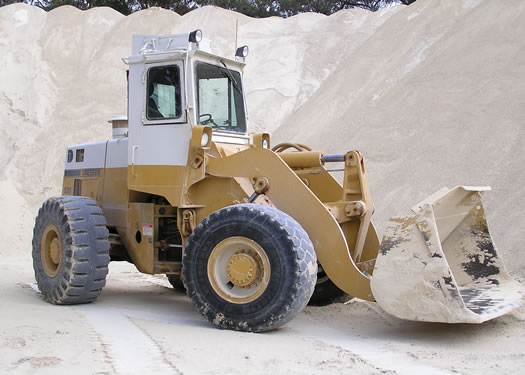
(PO Box 40)
Pemberton 6260
Western Australia
Call our toll-free number 1800 803 003
Fill out the form, enter your Message and press send. We will get back to you as soon as we can.
Note: all fields are required (*)
Is CALpHOMIN the Answer?
Besides continuing to supply top quality Lime, WALCO are now manufacturing an exciting new broad-acre product on behalf of CALpHOMIN.
What if you could decrease Pathogen, Insect and Frost attack by increasing Brix/Sugar levels in your crops and at the same time leave residual higher quality feed for your stock? You should find preferential grazing where CALpHOMIN has been applied.
So what’s it all about? Well, it’s about maximizing the use of and capitalizing on fertilisers applied years earlier as well as fertilisers you decide to apply in years to come. Maybe you won’t have to spend as much.
Are you trying to feed your crops hydroponically?
Do you get even close to 100% return of cost of fertilisers applied? Are you building ‘a Bank’ you might be able to get into or are you building a ‘Fort Knox’ you can’t get in to?’
Is CALpHOMIN the Cure–all? No, but it has the potential to be a large part of it. There is no shotgun treatment where soil is concerned. Years of chemical applications/abuse on soil takes a little time to reverse.
You can throw many things at your soil but if you don’t at the same time promote healthy living soil, you are more than likely locking yourself into a regime of wasting money.
Hydroponics or healthy, productive, living Soil, your choice.
Apply 250Kg/Htr of CALpHOMIN at season break. Yes, you will still use a reasonable amount of recommended fertilisers and paddock maintenance chemicals. You can with soil and plant tissue testing adjust the amounts as time goes on.
Ultra-trace minerals, calcium, macronutrients and moisture penetration-assist in CALpHOMIN are designed to lift pH and stimulate beneficial life in the soil.
It’s well worth a look.
CONTACT WALCO for Lime or CALpHOMIN on 9846 1308 or Free call 1800 803 003
Our History
Pierre Bellanger was one of the first in Western Australia to use lime in agriculture, around 1911 - 1912. He carted lime by boat on the Frankland River inlet to his property at Nornalup.
The site from which he obtained his lime is still visible today on the banks of the Frankland River, approximately 3 kms from the mouth of the Frankand. His son, Edward (Ted) continued to use this lime on his return from war service (WWII) in the 1950's and worked with Rudolf Strivuals of the Albany Agricultural Department to further the use of lime in agriculture.
WALCO's Windy Harbour Quarry was originally opened in 1973 by Lorenzo Bonnazi at a site where Tom Lance had tried and found the lime too hard for his equipment. WALCO took over from Lorenzo in 1974 and through the use of more advanced extraction techniques and equipment was able to overcome the granite like hardness of the lime resource and produce a product suitable for the demands of farming and metallurgy. Through continued exploration for lime resources, WALCO came across a soft lime deposit in Manypeaks, Western Australia. This resource was found to be more suited to agricultural purposes, due to it being highly soluble in water and having a high fines content. WALCO expanded its operations to Manypeaks in 1989 and continues to provide high quality agricultural lime to a geographically broad farming area.
